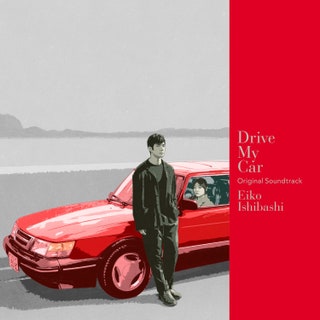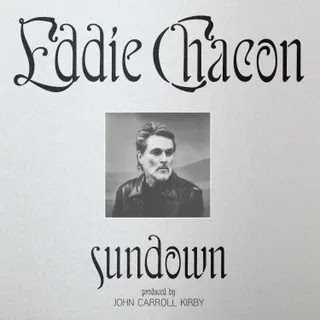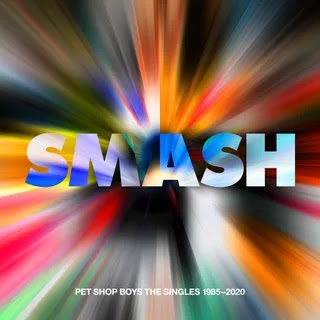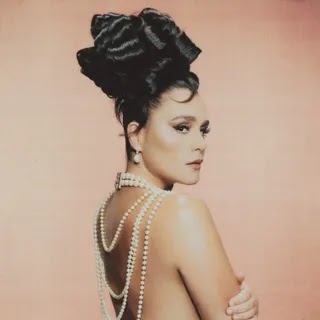The Japanese experimental musician’s score for the lauded new film by Ryusuke Hamaguchi possesses a cool remove, mirroring the film’s glacial profundity with organic nuance and contemplative improvisation.
Ryusuke Hamaguchi’s Drive My Car is a staggering exploration of grief, betrayal, and acceptance. The loose adaptation of a Haruki Murakami short-story follows Yusuke Kafuku (Hidetoshi Nishijima), a stage actor and director, as he mourns the deaths of his young daughter and his screenwriter wife, Oto (Reika Kirishima). Two years after Oto’s death, Yusuke relocates to Hiroshima where he will direct a production of Anton Chekhov’s “Uncle Vanya.” Upon arrival, he is assigned a quiet female driver named Misaki (Toko Miura). Throughout many long drives in Yusuke’s vintage Red Saab, the two gradually open up about their individual sorrow.
Now nominated for four Academy Awards, including Best Picture and Best International Film, Drive My Car is a profound masterpiece made all the more entrancing by its score, written by Eiko Ishibashi. The Japanese multi-instrumentalist and composer is best known for her experimental solo work, which ranges from jazz fusion to the imaginative dream pop heard on a recent tribute to a Law & Order character. Like the film’s protagonist, Ishibashi’s score possesses a cool remove and, alongside an ensemble that includes her frequent collaborator Jim O’Rourke, Ishibashi creates a soundtrack that is as moving as the film itself.
In the film, Yusuke’s theatrical method requires his cast to internalize the play’s text by running through the script without emotion before they are allowed to begin acting. (Yusuke rehearses his own lines by driving in his car and listening to cassettes of Oto reciting the other characters’ dialogue.) This emphasis on close listening and organic nuance is reflected in Ishibashi’s score, which is structured around variations of two themes, “Drive My Car” and “We’ll Live Through the Long, Long Days, and Through the Long Nights.” The eponymous core theme is set in motion by an opening burst of percussion and tumbling keys imbued with a certain thoughtfulness. This soon evolves into an upbeat and idyllic melody featuring yearning strings and the synthetic squawk of a melodion. However, this whimsical track is not the first piece of music heard by the audience. That would be “We’ll Live Through the Long, Long Days… (Oto),” a ghostly ambient track that abandons the score’s melodicism in favor of stillness, the falling of rain, and the muffled whooshing of passing cars.
In the same way that Yusuke suggests that a good driver allows their passenger to relax, Ishibashi’s score, even removed from the context of the film, allows the listener to sit back and enjoy the ride. Some of Ishibashi’s contributions suggest the transportive effect of driving in a concrete way. “Drive My Car (Cassette)” opens with a tape being inserted in a deck and the sounds of ambient traffic before it drifts into a pensive piano reverie. Meanwhile, Yusuke’s theme, “Drive My Car (Kafuku),” opens with the squeak of a seat being lowered before spiraling into rumination. “Drive My Car (Misaki)” also begins with an automobile sound as the titular character opens the Saab’s creaky front door and turns on the Saab’s ignition. This interpretation of the theme incorporates tumbling piano notes, brushed drums, and the steady thump of an electric bass; that such a reserved character is bestowed a warm theme underlines the idea that her wall of ice will someday melt, given the correct conditions.
Drive My Car’s second theme, “We’ll Live Through the Long, Long Days, and Through the Long Nights,” is more contemplative than its companion. There is an initial melancholy inflicted by strings so sorrowful that each note wavers like a dying breath. The “... (Saab 900)” version of the theme is the closest the score gets to a car crash: Percussionist Tatsuhisa Yamamoto’s fast and furious playing is layered atop the original theme’s piano melody with interjections of droning electric guitar and crashing cymbals. The arrangement is dusted, again, by vehicular ambience: the beep of a locked car, the slam of a door, and the click of a seatbelt. If the score’s other tracks capture a character or existential statement, “... (Saab 900)” is the titular car’s inner monologue as it drifts, and at one point, narrowly avoids getting side-swiped. “…(And When Our Last Hour Comes We’ll Go Quietly),” whose title is pulled from a soliloquy that arrives at the end of “Uncle Vanya,” features guitar work from O’Rourke that changes lanes from downcast meditation to hypnotic climax smoothly, as if there’s not a single bump in the road. And in its last moments, after a few final piano notes, Ishibashi’s glorious Drive My Car score goes quiet.
















0 comments:
Post a Comment